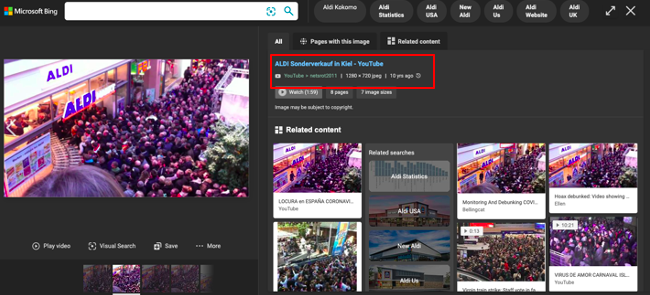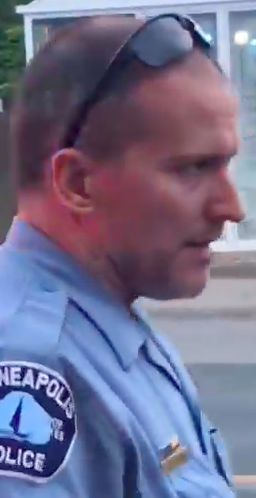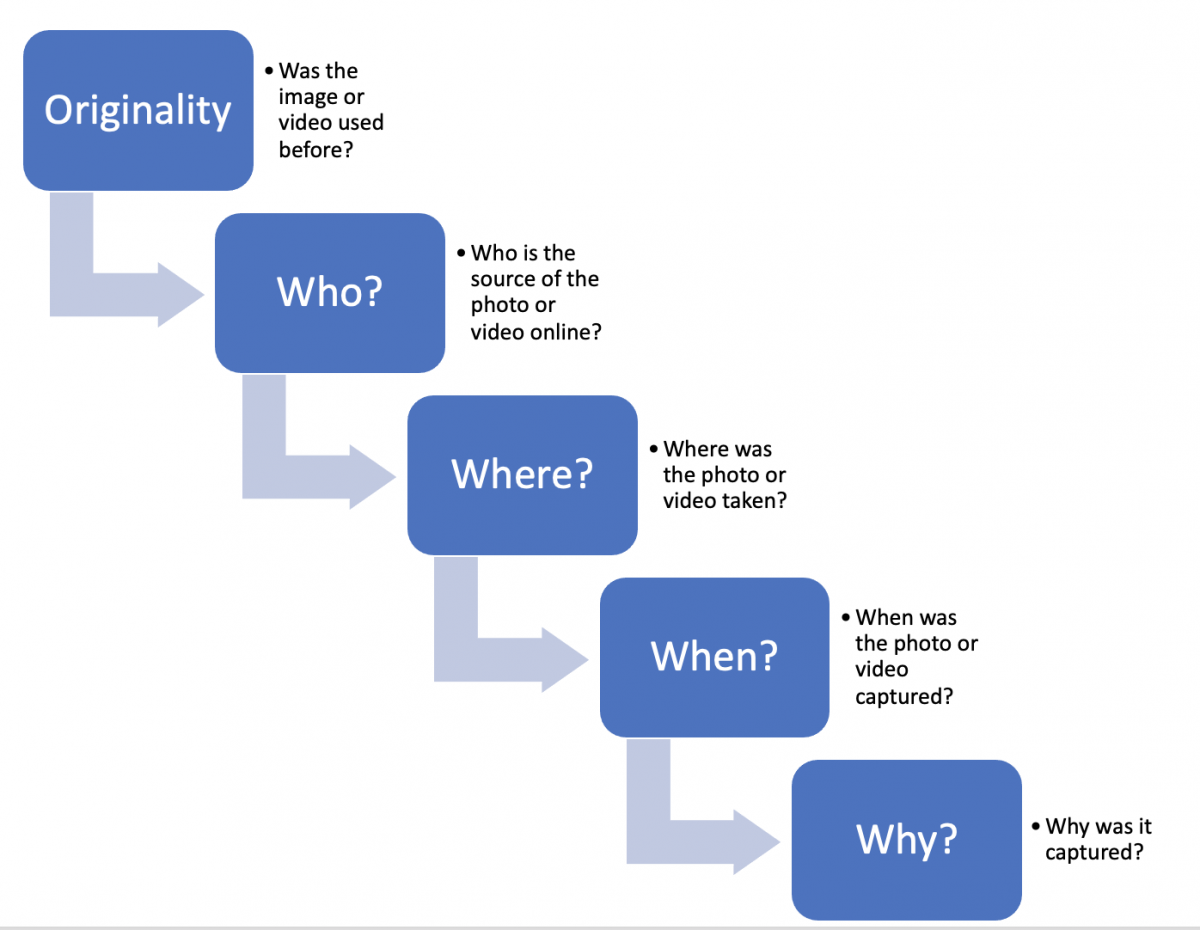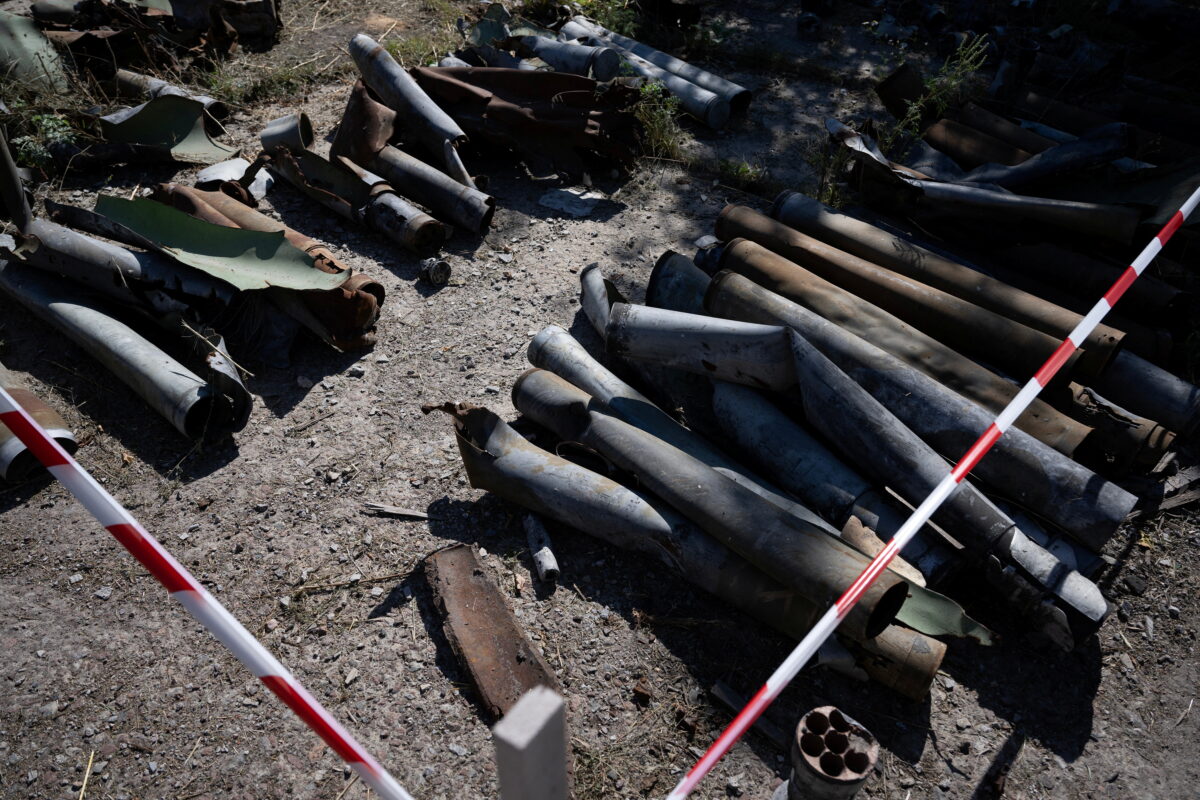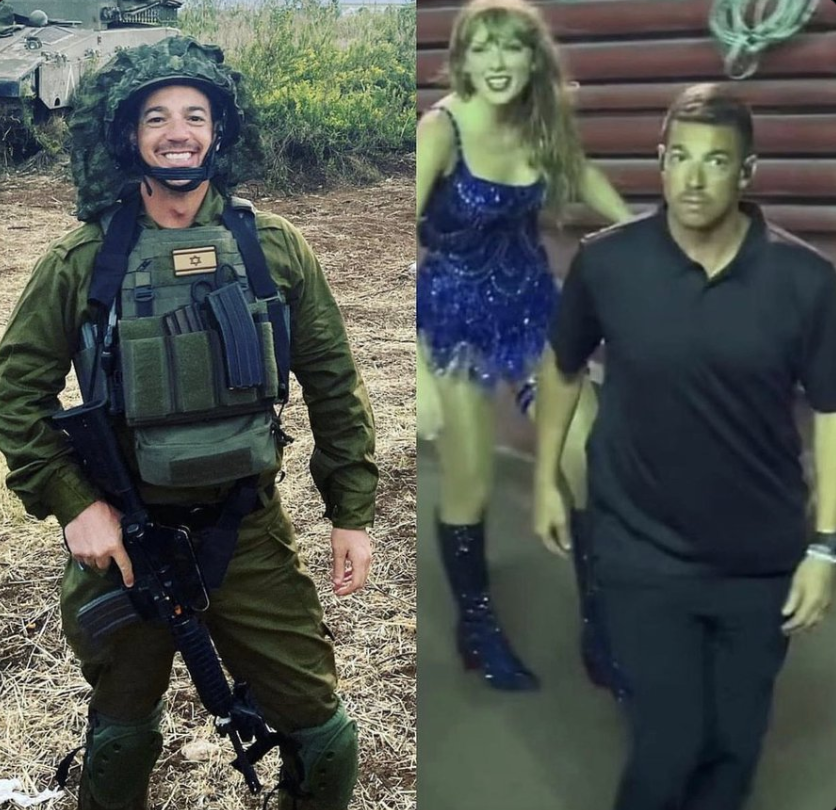A Beginner's Guide to Social Media Verification
How can we tell whether the posts, articles and claims we see on the internet and social media sites are true? Online conspiracies and deliberately misleading, partisan content are serious issues, after all.
At Bellingcat, we research and investigate misinformation and disinformation in their many forms. Even the most logical, intelligent thinkers can be convinced by claims that are entirely untrue. In the worst cases, the impact can be severe.
On the subreddit QAnoncasualties, for example, distraught users share stories about people close to them who have been taken in by the QAnon conspiracy theory. Yet it’s not just QAnon that has sent people down the internet rabbithole.
In recent months, mass protests have taken place across the world against vaccines and Covid-19 measures, often based around false and misleading claims espoused on social media. Incidences of mis- and disinformation, meanwhile, have targeted the likes of the Black Lives Matter movement, the rollout of 5G technology and even tragic events such as the Beirut Port explosion of 2020.
“What Advice Can You Give?”
Bellingcat researchers are commonly approached by people who want to know whether a story they have read online is true. Learning the basics of verification can help answer a great deal of those questions.
Not only is verification a vital component of Bellingcat’s work, it also plays a key part in the workshops we run.
The following guide seeks to explain how we can be vigilant about the videos and photos we see online while identifying those that contain misleading, misattributed or false information.
Verification doesn’t need to be difficult. It also doesn’t require any complicated algorithms or access to advanced tools or programs that automatically detect whether an image may be fake or manipulated.
A critical mindset and a close look at the context of an image or post, allied with simple tools such as a Google search or reverse image platforms, are often all it takes to discover whether a piece of content is genuine.
As this guide looks at some of the first steps for uncovering misinformation and disinformation, it is not fully comprehensive. Other good guides can be found here, here and here. A list of further resources will be included at the bottom of this article.
More seasoned open source researchers may find advanced guides or articles more useful.
A selection of these can be found via the “Verification” tag on our website.
First steps
When looking at media shared online, it is helpful to be aware of some basic fact-checking principles to look for.
- Originality
During most high profile news incidents, a number of photographs and videos will appear online. Amongst these are likely to be misleading, recycled images and sometimes even outright fakes. It is therefore important to ascertain the originality of the media shared. For example, has a picture been repurposed or used before? Reverse image search platforms, which we will discuss later, are extremely simple to use and can quickly help uncover previous uses of an image online.
2. Who is the source of the photo or video online?
Consider who the source of the photo or video is, what platform it was posted on and whether this may influence the veracity of the content. Was it posted on a site with poor moderation standards? Is the poster an anonymous individual or do they appear to be a real person? Have they posted about conspiracies previously? What do the responses to the post say and do they show a different side to the story?
3. Where was the photo or video taken?
This is an expansive topic and is an important component of the work we do at Bellingcat. But if it can be proven that an event took place at a location separate to that claimed in a video, there is a good chance we can verify the information it contains is false. A guide to geolocation can be found here.
4. When was the photo or video captured?
Once a location has been established, chronolocation helps us to determine the time an event happened. If it can be proven that a video or image was taken at a time long before or after that which is claimed in a post, there is a good chance we can verify its claims as false. A guide to chronolocation can be found here.
5. Why was it captured?
People post media online for all kinds of reasons. Some may be genuine but others may be doing so to further a political or personal viewpoint. It is important to understand the motivation behind posts. For example, if a post has been made by someone who has a history of posting about misinformation, conspiracies or from a heavily biased viewpoint, it is wise to exercise caution and carry out further checks as to the veracity of what they are posting.
Keeping these fundamentals in mind, let’s look at how to conduct some basic verification checks in practice.
The Ever Given and Video Sources
On 23 March 2021, the container ship Ever Given was caught in a sandstorm while travelling through the Suez Canal. The ship ran aground, blocking the crucial waterway and attracting global media attention. Online disinformation surrounding the incident quickly followed.
One piece of content that received significant attention was a video showing a container that some online users began speculating was being used to traffic children.
The video was shared within many Telegram channels used by followers of the QAnon conspiracy.
It had been viewed 124,000 times as of publication in one Telegram channel alone, despite there being no evidence that the container had been used for trafficking or that it was even taken on the Ever Given.
A closer look gives us some clues as to the video’s origin and allows us to break down the false claim being made.
To begin with, a TikTok logo is visible with a username detailed underneath. This profile (which we are not naming or linking to so as not to draw unnecessary attention to the user) belongs to a poster who has uploaded a variety of different videos to their profile. We can see these videos by simply searching for their username on the TikTok app or homepage and navigating through their posts.
The TikTok homepage with search bar located at the top.Many of this particular user’s uploads show videos and images of heavy machinery, while they also regularly use the hashtag #undergroundmining.
Far from being a conspiratorial profile, this account appears to be interested in different types of mining machinery and equipment.
It therefore seems their video was co-opted and used for a separate, misleading purpose on Telegram.
Further clues can be found in the content of the video itself. The video shows a person walking towards and opening a container. Inside are chairs and other objects. “MineARC” is written on the door with an accompanying logo. The words “refuge chamber” can also be seen, as can the term “mineSAFE.”

Details on the front of a chamber in a video uploaded to TikTok and that was claimed to have been taken on the Ever Given.
We can use these terms to perform a basic google search and see what they bring up.

A Google search returns results for MineARC and MineSAFE.
As can be seen in the image above, the results direct to the website of MineARC Systems – a company which produces emergency refuge chambers for the mining industry.
We can look through the site and then compare the video to the products sold by MineARC.
It quickly becomes apparent that MineARC manufactures chambers that are likely a match for the container in the Tik Tok video, with a number of items appearing identical to what is visible in product pictures on the MineARC site.

A screen grab from the MineARC website detailing a mining chamber product.
With some simple Google and TikTok searches we have therefore established:
- The original source of the video
- The actual purpose of the chambers in the video
- The name and website of the company producing the chambers
- That the ‘container’ is actually a refuge chamber for use in the mining industry
This allows us to say with confidence that there is no evidence that the video shows anything to do with child trafficking. There also is no evidence to suggest that the video was taken on the Ever Given. To the contrary, it appears the video was lifted from the page of a mining enthusiast who has nothing to do with child trafficking or the Ever Given.
Unfortunately, we cannot control how the media we post is repurposed by conspiracy theorists or those who may have alternative motives. It is therefore important to remain vigilant when viewing content on social media.
Police Protests and Key Search Terms
In this short video posted to a Telegram channel with 60,000 members on 7 April 2021, French police officers are seen throwing down their handcuffs. The text in the video claims that they are doing this to protest Covid-19 lockdowns.
Such claims could be significant, especially to conspiracy theorists who dispute the origins and existence of Covid-19, as well as anti-lockdown activists.
But how can we begin to verify the clip, the claims within it and the context surrounding it?
As with the previous Ever Given example, a TikTok logo and a username is visible.
This account contains more content questioning Covid-19 protection measures, such as mask wearing. It also does not reveal the source of the video, raising suspicions as to whether it actually depicts what the uploader states.
Yet by using some of the visible terms, in this case “French police throw down their handcuffs”, we can begin to search for the original source and other videos depicting the same event on search engines and social media sites.
Luckily, this very basic search term provides us with a number of results on YouTube.
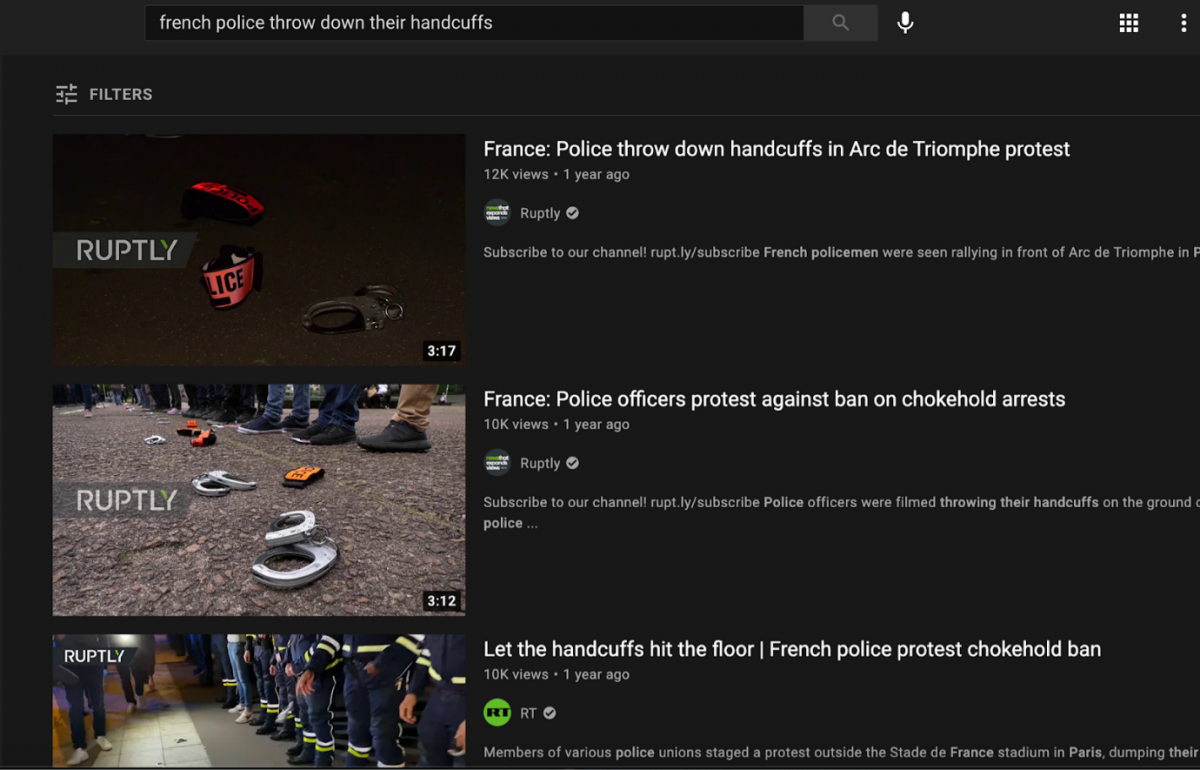
A screen grab of YouTube search results for videos titled “French police throw down their handcuffs.”
While the exact video posted to Telegram is not listed, there are several others showing French police officers throwing down their handcuffs.
By clicking on and viewing these videos, it quickly becomes clear that the protests have nothing to do with Covid-19. Rather, they were about the prohibition of chokeholds following the murder of George Floyd and French police officers pushing back on claims that they tolerate brutality and racism.
Additionally, we can see that many of the videos on YouTube were uploaded on June 14 2020 (roughly nine months before the Telegram post).
A Google search, using the same keywords we used in our Youtube search finds a BBC article, published two days before the videos were uploaded to YouTube.

A BBC article detailing a French police protest.
There is no media coverage nor any other evidence of protests by French police relating to the throwing down of handcuffs against Covid-19 measures on the dates around the Telegram post (April 2021).
To the contrary, there is even a Reuters fact check a short time after the September 2020 protests detailing how the handcuff stunt had nothing to do with Covid-19 measures.
While this fact check may have been carried out months before, it appears one Telegram user decided to repost a video of these police protests while hoping previous debunkings would go unnoticed.
But a few simple techniques help inform us of the full story.
This verification was a matter of using simple key phrases and basic critical thinking.
We investigated the source of the video and used social media, as well as traditional media sources, to ascertain whether the claims it made were correct.
With stories surrounding the pandemic rife on alternative social media platforms, it is important to understand that many of them can be disproven quickly and simply.
Sometimes a verification can even be as simple as a case of performing a reverse image search.
Aldi Chaos and Reverse Image Searches
Take, for example, a misleading post that Bellingcat first looked into at the start of the Covid-19 pandemic in which a viral TikTok video purported to show huge queues of panic buyers at an Aldi store in the city of Haarlem in The Netherlands.
By capturing a screengrab from this video and uploading it to Bing Images (other reverse image tools it is worth using include Yandex, Google Images and TinEye), we can quickly discover that this was not in fact filmed in The Netherlands at all.

An image of crowds outside an Aldi store that spread on TikTok during the early weeks of the Covid-19 pandemic.
This simple technique also allows us to confirm that the event depicted took place long before the onset of Covid-19.
Here’s how.
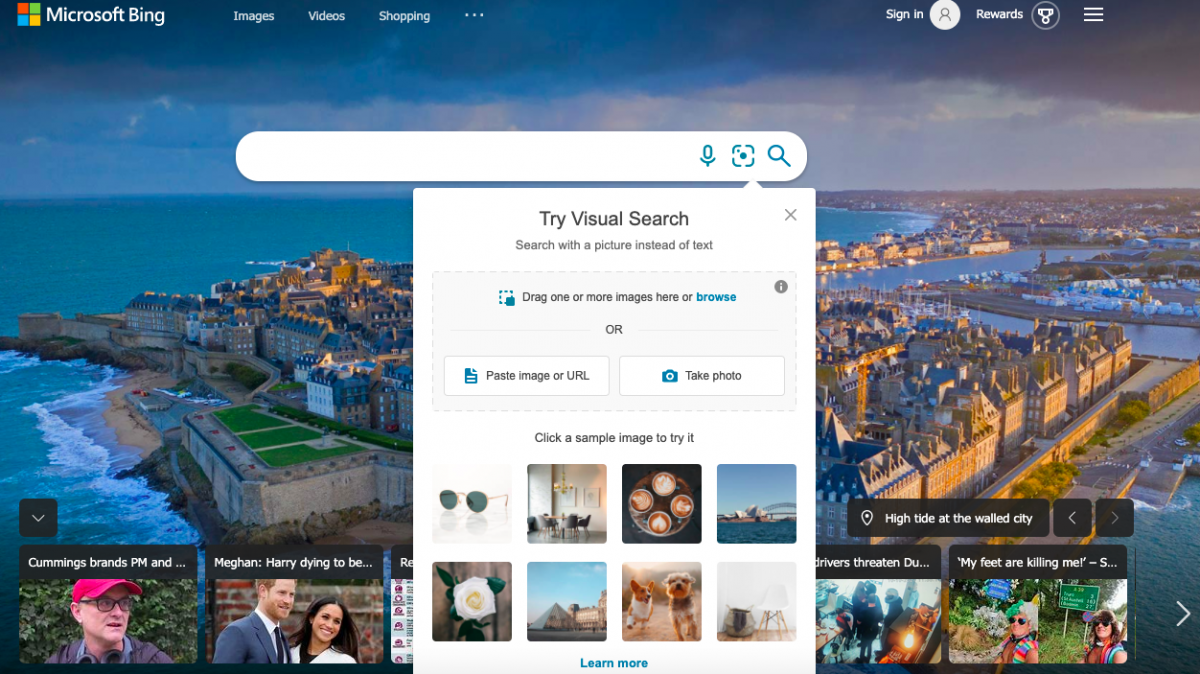
The visual search icon on Bing.com allows users to reverse search an image to see if and where it has appeared before.
After uploading the still to Bing, we can see results that the platform has identified as bearing a resemblance to our screen grab on the right hand side.
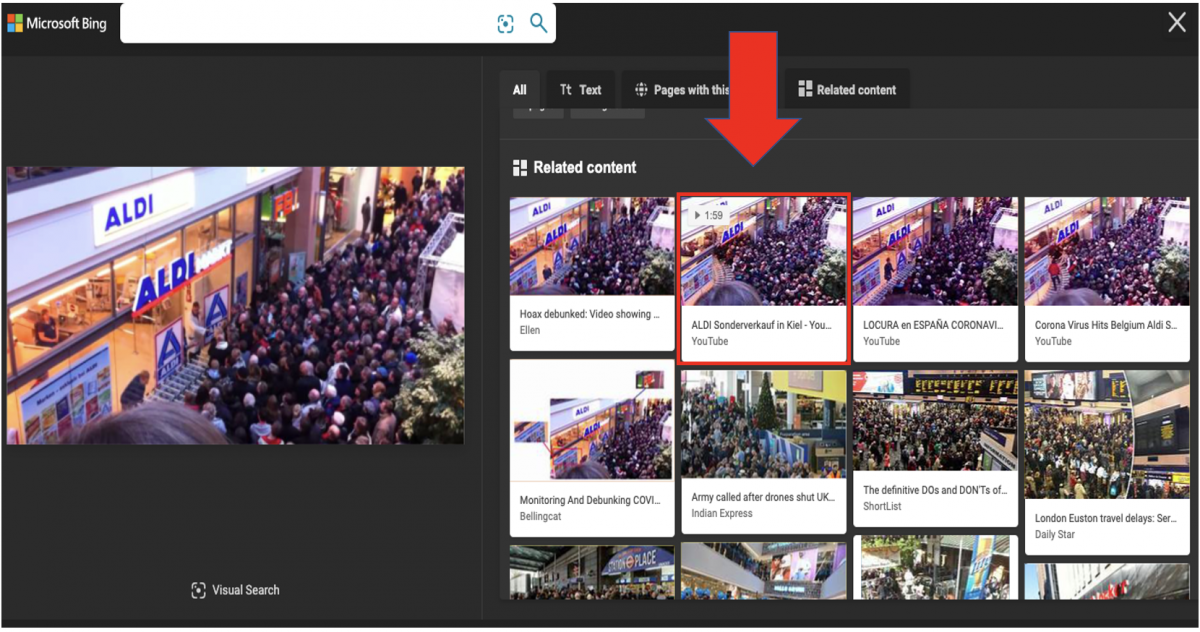
Results via bing.com when reverse searching for a screen grab of a viral TikTok video that claimed to show panicking shoppers in the Netherlands.
Of particular interest is the entry entitled: “ALDI Sonderverkauf in Kiel.”
This translates from German as “Aldi special sale in Kiel,” which is a city in northern Germany.
By clicking on this video, we can see that it was first uploaded to YouTube in 2011, long before Covid-19 even existed.
This simple step has allowed us to prove that the TikTok video is not what it claims to be.
Another key detail also gives the game away. The “F.B.I” sign in the top right of the image also relates to a German hairdresser chain, as a quick Google search will show. As we explain further in this article from last year, this and other small details allowed us to pinpoint the exact location of the scene depicted in the video — an example of a process known as geolocation.
But what about when an image has been altered or manipulated?
Derek Chauvin and Mirrored Images
This image of George Floyd’s murderer, Derek Chauvin, was circulated on Telegram in May 2020.

A collation of images that spread online and claimed to spot differences in images of Derek Chauvin’s ears.
The pictures were used by some to claim that Chauvin was innocent as the ears visible in his mugshot appeared to differ from those seen in the video shot at the scene of George Floyd’s death.
While experts say it is possible to identify someone from even a fuzzy picture of their ear with a high accuracy, there are small details that raise significant questions in this instance.
For example, we can see (in the image below and in the top right of the montage above) that the patch on Chauvin’s arm has been mirrored as the word “Minneapolis” appears backwards.
The original footage of the incident shows the patch in the correct way.
By simply re-watching the widely shared original video, we can pinpoint the section that has been mirrored (visible after eight minutes and 57 seconds here and in the screen grab below).
Note the bus stop that can be seen behind Chauvin in both images, telling us this is the point at which the image has been captured. Chauvin, it transpires, was facing the opposite direction than was portrayed in the mirrored image.
That being the case, we can now be certain that it is Chauvin’s right ear depicted in the mirrored image and his left ear in the mug shots. On top of this, the quality of the mirrored image is significantly poorer than the mug shot. Even if it was the correct ear, any comparison by the human eye alone would have been difficult.
At the very least, the fact that the image has been manipulated should be a red flag that the claim should be treated with extreme caution and is highly unlikely to be true.
Other examples of manipulated videos or images going viral and how they were debunked can be found here, here and here.
It is important to note, however, that manipulated images are far rarer than old images posted out of context or intentionally mislabelled in order to mislead.
Although there are tools that can detect manipulated images, these are often cumbersome and complicated to use. The most effective way to contextualise the images we see online is generally to use common sense and some of the very basic techniques described in this article.
A Verification Checklist
While this article has detailed some basic verification techniques, it is worth remembering that this is not always such a straightforward process.
A thorough investigation of a photo, video or incident can take months in the most complex cases (although these instances are rare).
Even then, a binary answer to the question of whether a piece of media is genuine or not is not always possible.
But using the simple techniques described above is a good place to start and can go a long way to exposing mis- and disinformation in most cases.
Here’s a reminder of some of the key factors it is worth considering when trying to ascertain when verifying content on social media:
You can read some of Bellingcat’s previous work on verification and identifying misinformation and disinformation via the links below:
- How to use reverse image search for investigations
- Unpicking Disinformation Around the Beirut Port Explosion
- The Coronavirus Disinformation System: How It Works
- Monitoring And Debunking COVID-19 Panic: The “Haarlem Aldi” Hoax
- How Coronavirus Disinformation Gets Past Social Media Moderators
You can also find a bunch of interesting tools to help debunk misinfo and disinfo in the Bellingcat Toolkit.
The @QuizTime account on Twitter also offers some great geolocation challenges, as well as the occasional test that can help users hone their verification skills (although, word of warning, many of these can be difficult even for advanced open source researchers).
Other useful verification sources to check out include the following:






